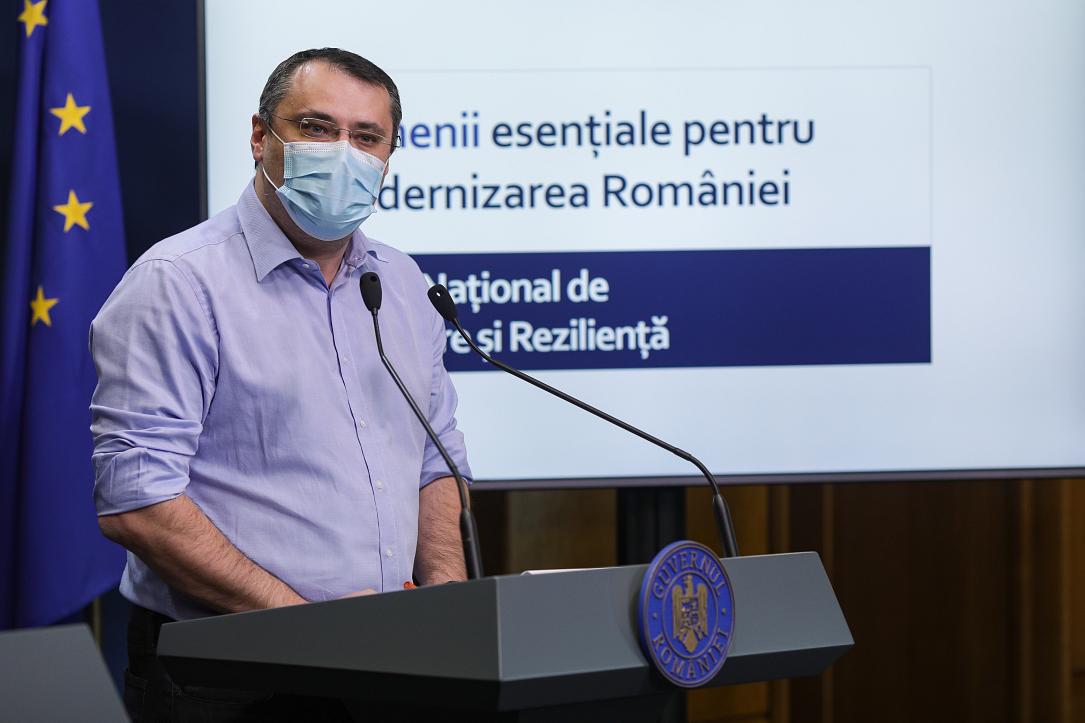Romania’s Resilience Plan is published, but fails to answer key questions



Romania’s Government published the Relaunch and Resilience Plan (PNRR), a document that had previously been submitted to the European Commission for the approval of EUR 29.2 bln worth of grants and soft loans to be disbursed and spent by the end of 2026.
The 1,200-page document is still under scrutiny by experts, but some questions are still unanswered.
Some of them were addressed by the minister of investments and European Projects Cristian Ghinea in a press conference, but for others he admitted that he does not know the answer yet.
Hotnews.ro outlined three issues insufficiently explained by PNRR - related to the fiscal reforms: the hashing-off of excessive fiscal allowances; the taxation of properties and vehicles based on their emission; and the property taxation. All these are aimed at boosting the budget revenues.
Minister Ghinea explained that the preferential taxation regime for microenterprises (0%-2% tax on revenues) would be amended, and the preferential taxation in the sector of constructions will be phased out gradually.
The topic is of prime importance since both the European Commission and the rating agencies are closely monitoring the new Government’s fiscal policies. Under the excessive deficit procedure, Romania should bring its public deficit to under 3% of GDP from 9.8% of GDP in 2020.
Another question not answered by either PNRR or minister Ghinea is how GSP, a private company owned by local businessman Gabriel Comanescu, was picked up as the recipient of PNRR funds, G4media.ro reported. It is the only private company to receive PNRR funds.
(Photo: Octav Ganea/ Inquam Photos)
andrei@romania-insider.com